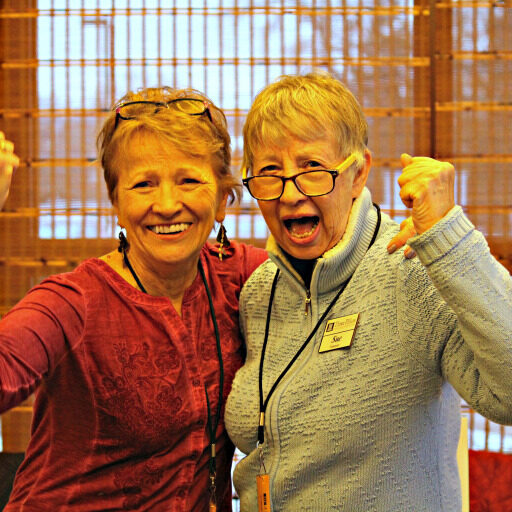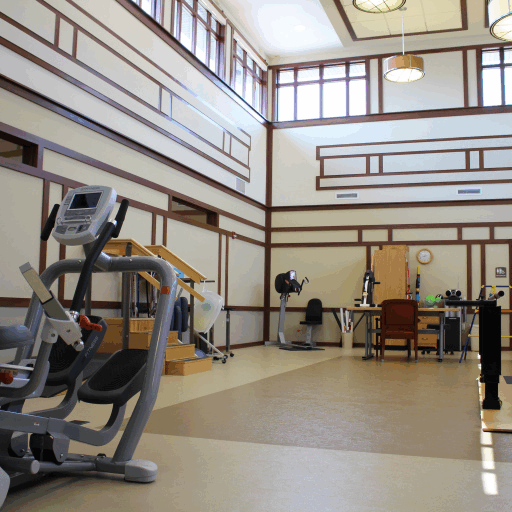What Does “Level of Care” Mean at Assisted Living?
Each individual who resides at an assisted living community has distinct personal preferences and clinical needs. Addressing them all requires the right community, staff, and resources to care for a wide range of conditions and needs. While anticipating every unique set of needs would be impossible, assisted living communities typically categorize care packages by a range of how much care is required to maintain the person’s well-being.
This is the idea behind “levels of care”, a concept that plays a big role in assisted living. Health practitioners use levels of care to define what time and resources a person will need to function and live their best, most fulfilling life while remaining as independent as possible.
Once needs are identified, the community can then create or match the person with the right living environment and care plans to suit them. Often, they’re able to group these into various tiers, which range from low assistance to full assistance. This helps the community offer the just-right blend of support to the resident while properly assigning resources at the community.
Using levels of care also makes it easier for families and residents to understand the care being given, breaking down needs into well-defined groupings without neglecting the individual needs of each resident. This can also help find the right community for each family’s needs, as most will be able to clearly state what levels of care they can serve. Levels of care can also be used to quickly adjust care if a resident’s needs become more advanced, and on the flip side, if any needs lessen as the person becomes stronger or healthier.

“This can be a reality in an environment as supportive as assisted living!”
What Are Levels of Care Based on in Assisted Living?
Levels of care are established upon move-in based on information gathered from a medical History & Physical (sometimes called an H&P for short), an assessment, and personalized care plan.
Let’s imagine that you or a family member are considering the move to assisted living. As part of that process, the person will see their primary care provider for an updated History & Physical visit, which the practitioner sends to the assisted living community. The prospective resident will typically also meet with a health care practitioner at the assisted living community to assess their capabilities and needs. Both of these visits will take into consideration past medical history and will often use an Activities of Daily Living (ADL) checklist assessment. This examines the individual’s ability to do certain daily activities.
The ADL assessment typically explores six routine activities: bathing, dressing, movement, toileting, and eating. They might also assess the person’s ability to communicate their needs and take medication.
These findings will shape the creation of a personalized care plan provided to each individual. This is a very specific plan outlining daily routines, needs, and services offered for each person. Assessment data is considered, as well as personal preferences and wishes.
With this information, the assisted living community is then able to assign which level of care their plan falls within. Levels of care are broader categories, so while no two individual care plans are the same, many residents will fall within the same level of care.
What Are the Levels of Care?
Assisted living communities define different scales that determine levels of care, and they can often have different names. At Three Pillars, we use a points-based scale to help determine which level of care is best for the resident. It’s important to ask about the specifics at any community you’re interested in. However, levels of care often boil down to a similar spectrum.
A sample levels of care breakdown might look like this:
Minimal assistance
- Can perform most or all ADLs independently
- May need help with high-dexterity tasks
- Little to no memory loss
- Care is limited to daily reminders, regular nurse visits, and medication management
Moderate assistance
- Can perform some ADL tasks independently, with supervision required for others
- May experience mild to moderate memory loss
- Care is more involved, including direct support for daily activities
- Requires only one caregiver
Total assistance
- Struggles to perform many or any of the ADL tasks
- Symptoms of Alzheimer’s or dementia
- Needs frequent or ongoing supervision and care
- Requires more than one caregiver
The level of care, in combination with floor plan or apartment size, is usually what calculates cost. Many communities can also offer a la carte services in addition to the level of care, so if the person wants or needs just a bit more than one level offers, they can add it for a nominal fee.
Finding the Right Community
When seeking the best assisted living community for you or a loved one, it’s important to find somewhere that offers a variety of care levels and the ability to meet all needs while allowing as much independence as safely possible.
Take a tour, ask questions, and gain understanding of the community’s admission and assessment process, as well as how levels of care come into play.
Interested in assisted living? Explore the many levels of care available at Three Pillars Senior Living Communities today.




